?Are you frustrated that your drives and iron shots don’t travel as far or stop as well on the greens as you’d like because your swing speed is slower?
What Are The Best Golf Balls For Slower Swing Speeds?
Choosing the right golf ball can change your enjoyment and scoring more than you might expect. If your swing speed is on the lower side, picking a ball that matches your speed and priorities will help you get more distance, better feel, and improved control around the greens.
Understanding Swing Speed and Why It Matters
You need to know what “slower” means and how that affects ball performance. Swing speed is measured in miles per hour (mph), usually at the driver, and it’s the single biggest factor that determines which balls will perform best for you.
What counts as a slower swing speed?
Generally, a driver swing speed under about 85 mph is often considered “slower.” If your driver swing speed is between about 75–85 mph you’ll fall into a range where low-compression and soft-cover balls usually help most. If you’re below 75 mph, you’ll want ultra-low compression options to maximize distance.
How to measure your swing speed
You can measure your swing speed with a launch monitor, portable radar device, or some golf range launch systems. If you don’t have a device, you can estimate by comparing distance: golfers swinging 85 mph typically carry a driver about 200–220 yards; if you’re well below that, you likely have a slower swing speed.
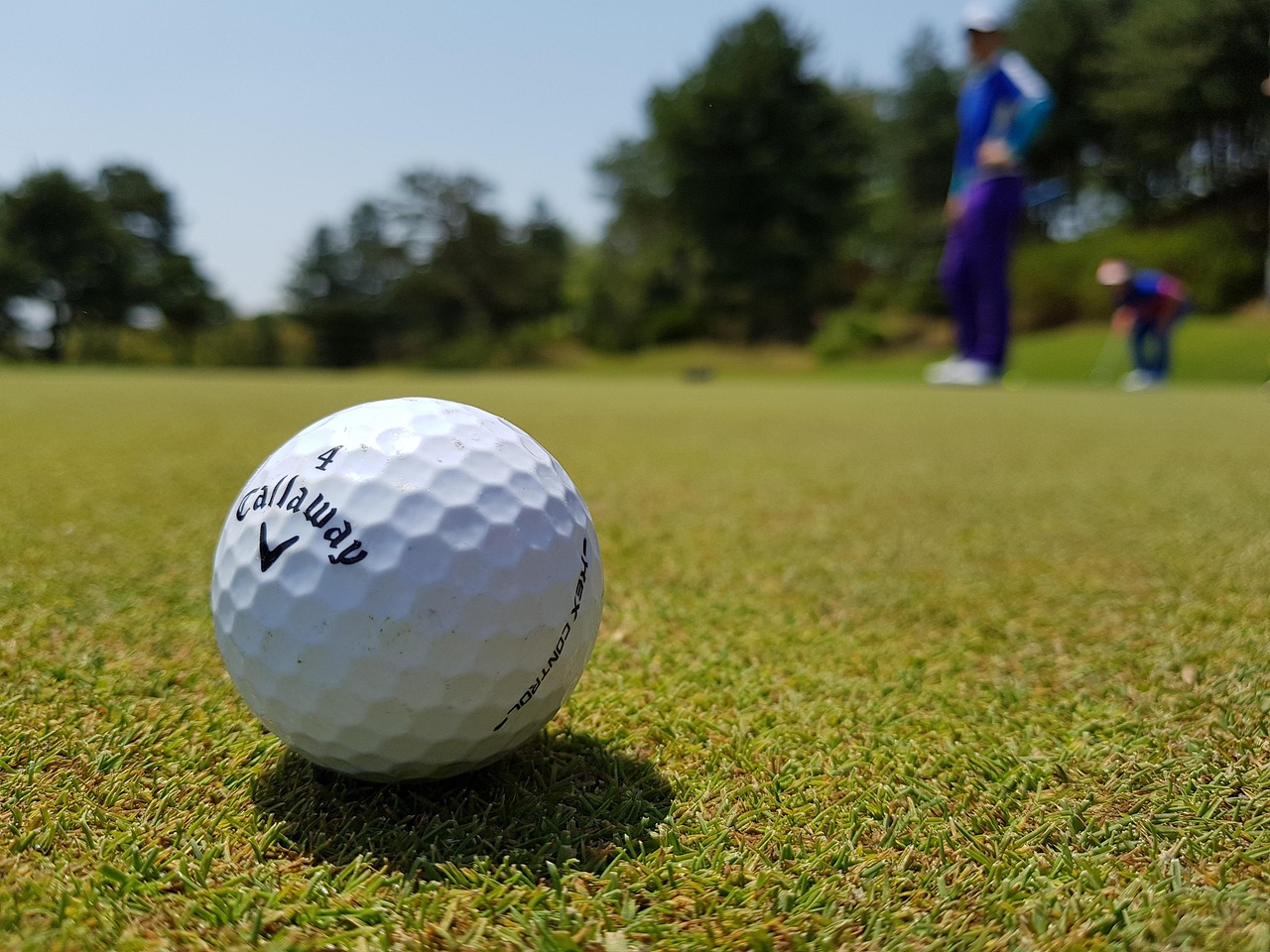
Why Ball Selection Matters For Slower Swing Speeds
When your swing speed is slower, the ball doesn’t compress as much at impact, and launch, spin, and energy transfer change. The right ball helps you compress the core properly, optimize launch angle and spin, and create a better overall feel and distance.
Speed, compression, and energy transfer
Low-compression balls compress easier on slower swings, which helps maximize energy transfer from the clubhead to the ball. If compression is too high, the ball will feel hard and you’ll lose distance and feel.
Spin and launch considerations
You’ll want a ball that produces a slightly higher launch with moderate spin off longer clubs to carry farther, while still allowing enough wedge spin to hold greens. That balance is important: too much spin off the driver adds height and loss to distance, while too little spin around the green reduces stopping power.
Ball Construction and What the Terms Mean
Understanding how balls are built helps you choose the correct model. Construction details like core, layers, cover material, and dimple pattern all affect distance, feel, spin, and durability.
Core and compression
The core is the heart of the ball and largely determines compression. Softer cores (lower compression) are better for slower swing speeds because they allow the ball to deform and spring back efficiently with less force.
Layers (two-piece vs multi-layer)
Two-piece balls usually offer the best distance and durability, with a firm outer layer and soft core. Multi-layer (three- or four-piece) balls provide more nuanced performance—lower driver spin with higher wedge spin—so you can get both distance and control if you swing moderately slowly and want more feel.
Cover material: urethane vs ionomer
Urethane covers offer softer feel and better control around the greens, but they often come at a higher price and slightly less durability than ionomer. Ionomer (surlyn) covers are tougher and usually used on distance-focused, low-compression balls to give straighter flight and long roll.
Dimple pattern and aerodynamics
Dimple pattern affects lift and drag; manufacturers tune dimples to help achieve higher launch and stable flight. For slower swings, look for designs that promote higher launch and low drag.
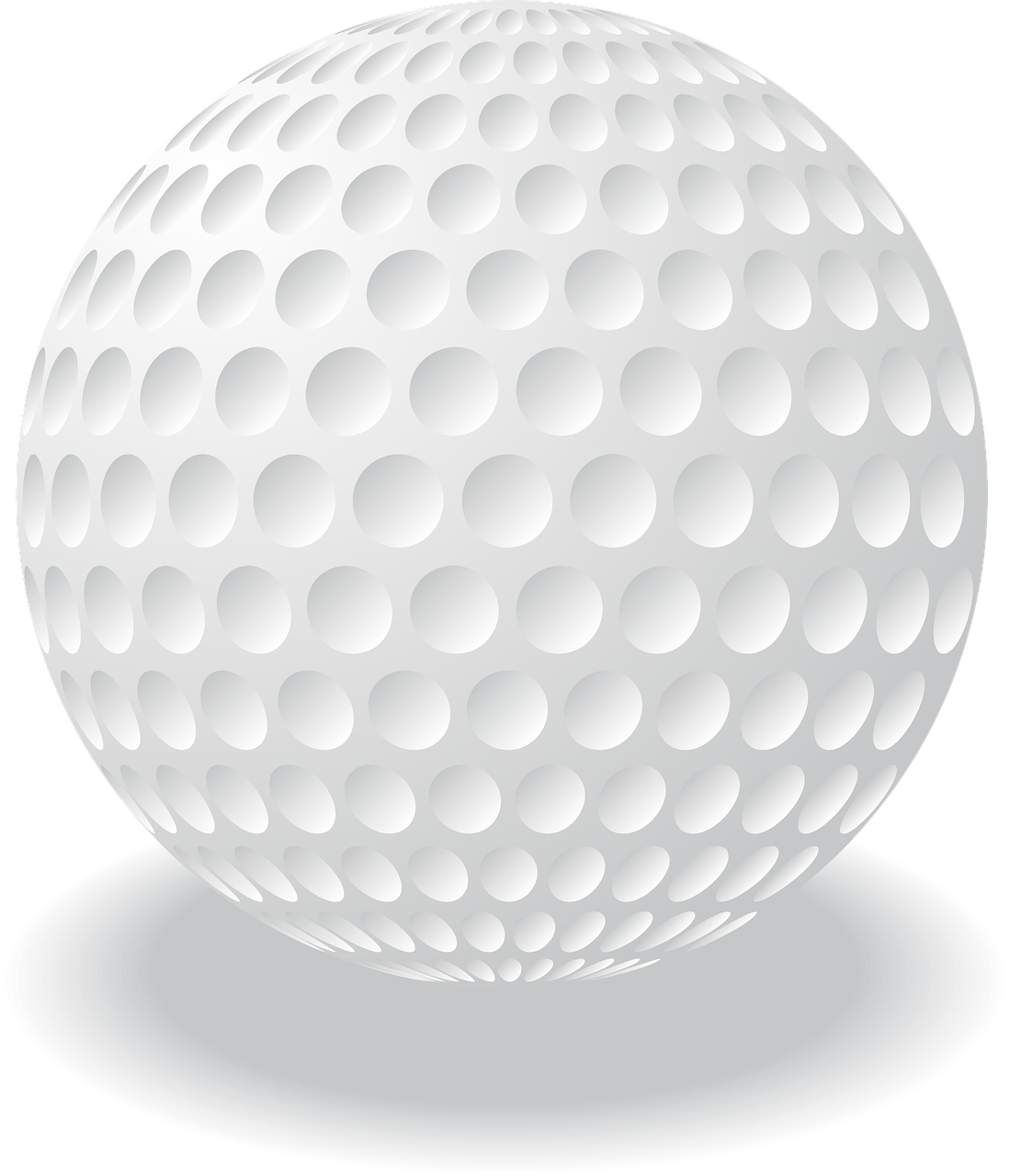
Compression: The Simple Guide For Slower Swing Speeds
Compression is a number that describes how much force it takes to compress the ball. Lower compression numbers suit slower swings.
What compression range should you seek?
Aim for low to ultra-low compression ranges. If your driver speed is under 85 mph, consider balls designed with low compression (often felt as “soft”). If under 75 mph, ultra-low compression models give the best chance of maximizing distance.
Why compression isn’t everything
Compression is a useful guide, but it’s not the full story. Core design, cover material, and overall construction also shape how a ball reacts to your swing, so test a few models rather than relying on compression alone.
Spin and Feel: Finding the Right Balance
You want enough spin on short shots to control the ball on the green, but you don’t want excessive spin off the driver.
Managing spin on long clubs
Balls marketed as “low spin” for drivers help minimize sidespin and keep shots straighter, improving distance for slower swings that might create more lofted contact. Look for balls that reduce driver spin but allow spin on wedge shots.
Feel around the greens
If you prioritize a soft feel and stopping power on approach shots, a urethane cover or a softer multi-layer ball will feel better on chips, pitches, and putting. If you focus strictly on distance and durability, a softer ionomer cover can still offer surprisingly good feel.
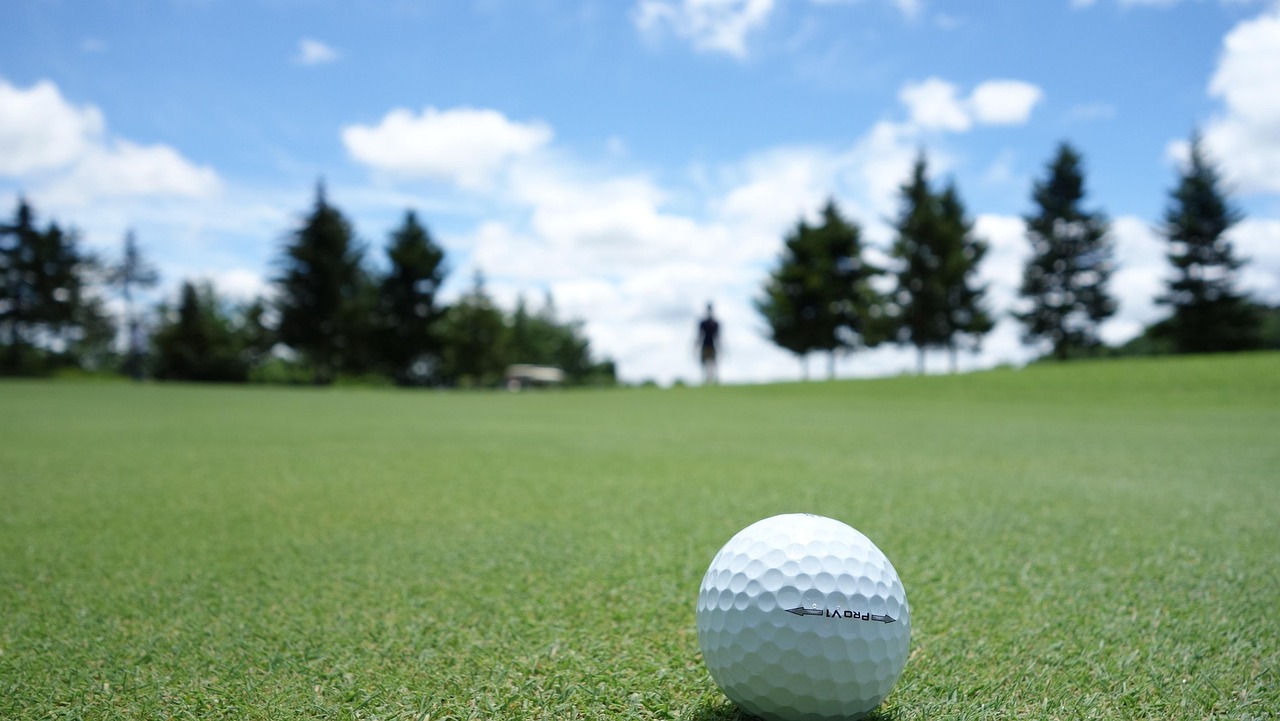
How Your Handicap and Priorities Change the Choice
Your handicap and what you want from the ball shape the best pick. A higher handicap player often values distance and forgiveness, while a lower handicap player may want more spin and control.
If you want maximum distance and forgiveness
Choose a two-piece, low-compression ball that reduces driver spin and provides straighter flight. These balls are usually more forgiving and deliver consistent distance.
If you want greenside control and feel
Choose a urethane-covered, multi-layer ball that offers soft feel and better wedge spin. These often cost more but can help hold greens and improve scoring for a player who strikes consistently.
If you need a balance of both
Hybrid designs and some modern three-piece balls aim to give low driver spin with higher wedge spin, offering a middle ground for better players with slower swings who still want feel.
Recommended Balls for Slower Swing Speeds
Below is a selection of balls that consistently appear in recommendations for slower swing speeds. Each pick is based on how the ball balances compression, feel, spin characteristics, and value. Try the ones that match your priorities.
| Category | Model | Construction / Cover | Why it works for slower swing speeds |
|---|---|---|---|
| Best ultra-soft, max distance | Callaway Supersoft | 2-piece, low compression, ionomer cover | Extremely low compression and soft feel help slower swingers compress the ball for added distance and a high launch. |
| Best very soft feel (value) | Wilson Duo Soft | 2-piece, ultra-low compression, ionomer cover | One of the softest balls available; great for maximizing distance and feel on a very slow swing. |
| Best soft, overall performer | Titleist TruFeel | 2-piece, low compression, soft cover | Balanced distance and soft feel, good greenside response with an affordable price. |
| Best soft-feel premium | Callaway Chrome Soft | Multi-layer, urethane cover | Modern multi-layer design provides good distance off the tee while still offering soft feel and wedge spin. |
| Best for straight flight | Bridgestone e6 | 2-piece, low compression, ionomer cover | Designed to reduce sidespin and promote straight flight, helping slower swingers keep drives in play. |
| Best value soft performer | Srixon Soft Feel | 2-piece, low compression, ionomer cover | Solid balance of distance and feel at a fair price point; forgiving and soft for slower swingers. |
| Best balanced soft distance | TaylorMade Soft Response | 3-piece-ish feel, soft cover | Engineered for a soft feel and stable flight with enough greenside control for scoring. |
| Best for control with moderate speed | Srixon Q-Star Tour | Multi-layer, urethane cover | If your swing is on the higher edge of “slower” and you want more spin/control, this is a good step-up option. |
| Best budget ultra-soft | Vice Drive | 2-piece, low compression, ionomer cover | Affordable, soft, and designed for distance with a smooth feel for slower swings. |
| Best for total package (soft + performance) | Titleist Tour Soft | 2-piece with advanced core/cover | Softer than many tour models with a design aimed at players who want feel plus solid distance. |
Note: manufacturers don’t always publish compression numbers consistently, and modern core technology matters more than the raw compression number in many cases. Treat this table as a practical guide rather than a spec sheet.
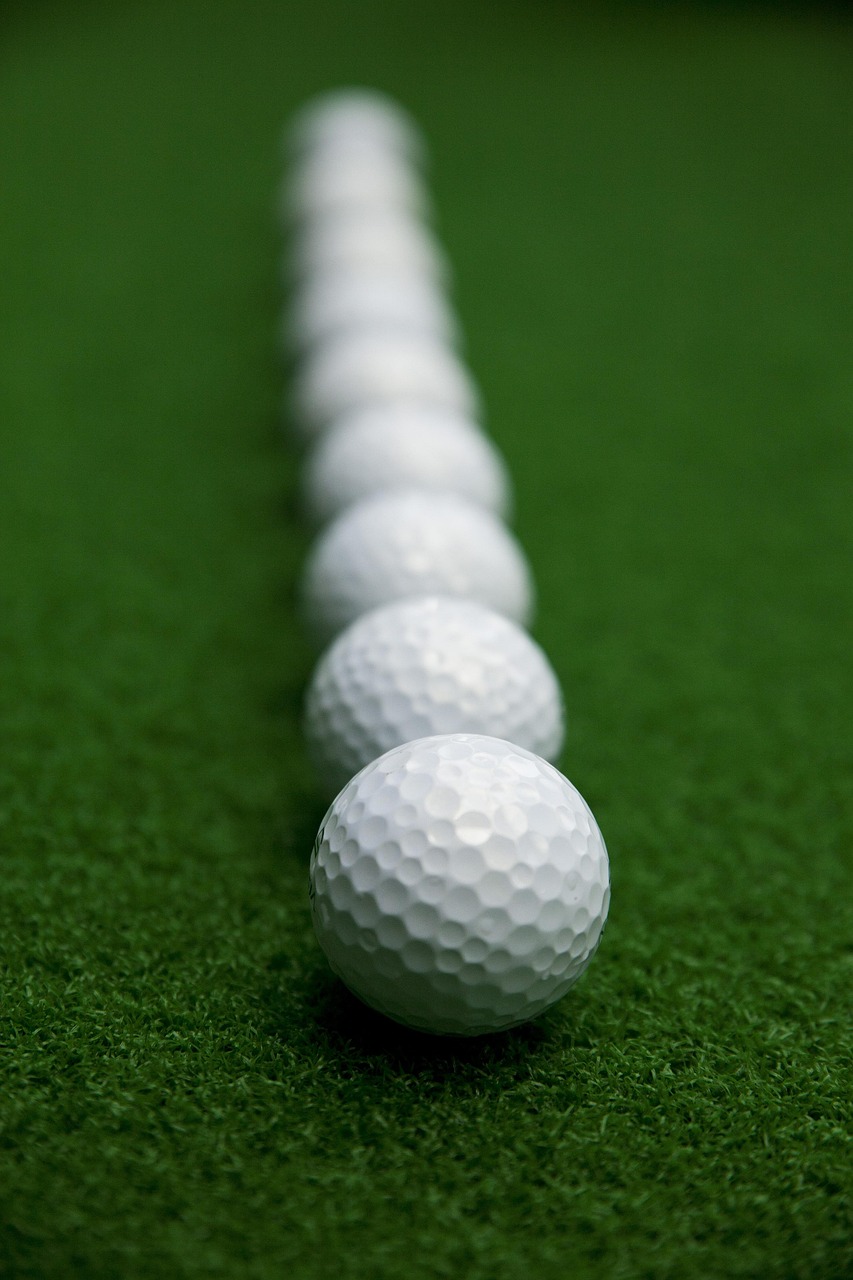
How to Test Balls Effectively on the Range
You’ll get the clearest answer by testing. Spend time with a small sampling and track results.
A simple ball test routine
- Warm up until your swings feel consistent.
- Choose 3–4 candidate balls to test.
- Hit 8–12 shots with each ball using driver, 7-iron, and a wedge.
- Record carry distance, dispersion, feel, and how the ball reacts on the green.
- If possible, use a launch monitor or an app-assisted radar device to track ball speed, launch angle, and spin.
What to watch for
Pay attention to which ball gives the most carry and consistent dispersion, and whether greenside spin and putting feel match your preferences. Distance on the range isn’t everything—control and confidence matter as well.
Fitting: When It’s Worth It
You may benefit from a ball-fitting session the same way you get a club fitting. If you’re serious about improving scoring, an in-person fitting will show which ball matches your launch, spin, and feel needs.
What a ball fitting includes
A fitter will use a launch monitor to compare balls under the same swing conditions, measuring ball speed, launch angle, spin, and carry. They’ll recommend balls that deliver the best combination of distance, accuracy, and feel for your swing.
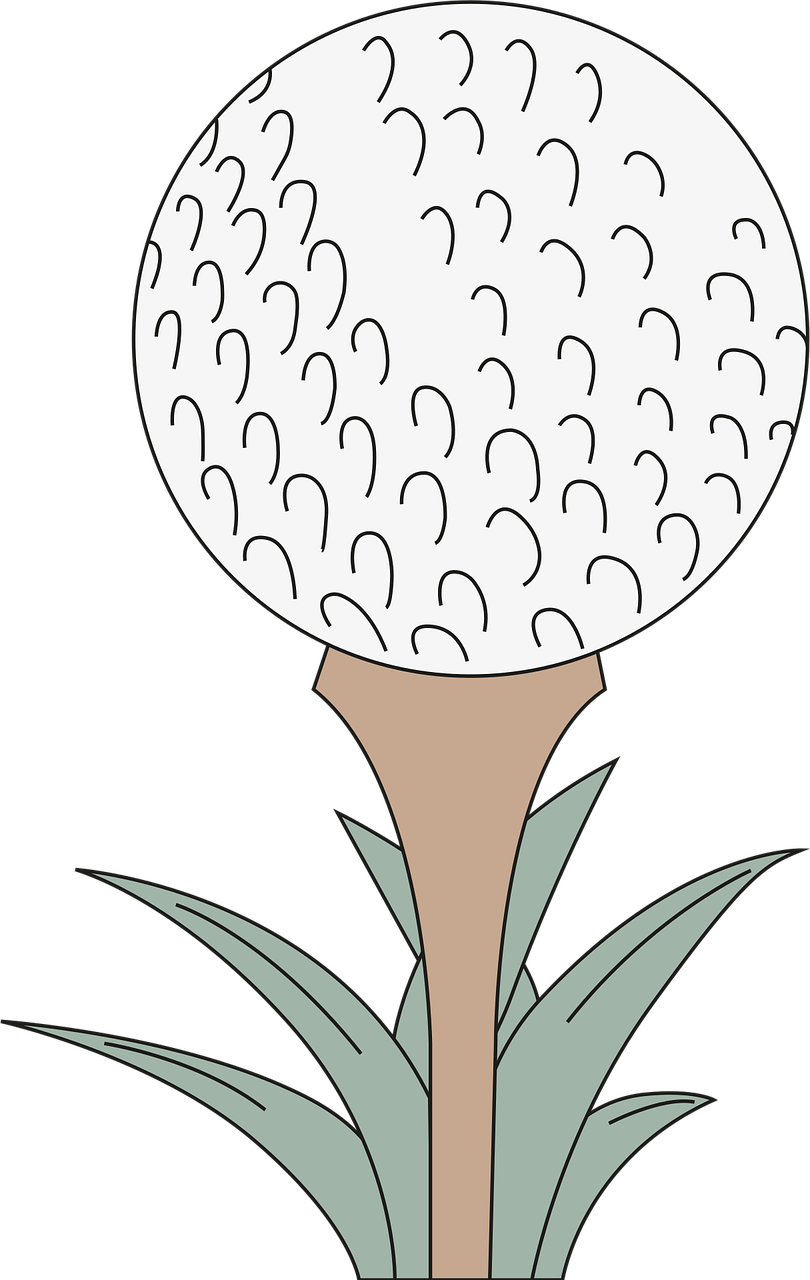
Common Myths and Mistakes
Separating fact from fiction helps you choose the right ball faster.
Myth: Higher compression always means more distance
Not true. Higher compression can help high swing speed players transfer energy effectively, but for a slow swinger it can reduce distance because it doesn’t compress properly.
Myth: Premium balls always outperform cheaper ones
Premium balls offer advanced features that benefit certain players, but many mid-priced or budget soft balls provide more distance and better feel for slower swings. Choose based on performance, not price alone.
Mistake: Judging a ball by one shot
Don’t pick a ball after a single great shot. Test a dozen swings with both long and short clubs so you understand consistency across the bag.
Drill and Practice Tips to Improve Your Ball Performance
While choosing the right ball helps immediately, improving certain aspects of your game boosts ball performance too.
Simple drills to increase swing efficiency and speed
- Tempo drill: practice smooth acceleration through impact rather than trying to muscle the ball.
- Weighted club swings: use a slightly heavier practice club for short sets to strengthen the key muscles.
- Medicine-ball rotational throws: build torso power for more efficient clubhead speed.
- Overspeed training: use lighter clubs or training devices to train faster swing feel safely.
Practice for better contact
Work on drills that improve center-face contact, such as hitting off a tee without a ball (air swings) or using alignment sticks to help you make consistent ball-first contact with irons. Better contact multiplies the benefit of the right ball.
Conditions and Seasonal Considerations
Temperature and course conditions affect how a ball performs. Cold air and wet turf reduce distance, even with a low-compression ball.
Cold weather
Balls compress less in cold weather, so you may lose distance, and the very soft balls can feel even softer. If you play in cold climates, you might want a slightly firmer ball or a ball known to maintain feel and distance in lower temperatures.
Wet or rough conditions
Softer covers can scuff or cut more easily in rough conditions. If you play in areas with abrasive turf or heavy rough, consider a durable ionomer cover if durability is a high priority.
Practical Buying Tips
You don’t need to buy a dozen sleeves—start small and find what works.
How many balls to buy when trying
Buy one sleeve (3 balls) of 3–4 different models and test over several rounds. Once you pick a favorite, buy a dozen or more.
Consider sleeve color and visibility
If you misplace balls often, buy colored or high-visibility versions for easier tracking. Visibility doesn’t change performance but improves practical play.
Quick Checklist to Pick the Right Ball
- Know your driver swing speed (measure it if possible).
- Decide whether your priority is distance, feel, or control.
- Start with low-compression or ultra-low compression balls for speeds below 85 mph.
- Test 3–4 models on the range and record results.
- Consider a ball-fitting session if you’re investing in premium balls and want precise data.
- Buy a small quantity first and re-evaluate after a few rounds.
Frequently Asked Questions
Will a softer ball make me hit farther if I have a slow swing?
A softer ball helps you compress the ball more efficiently, which typically improves carry distance for slower swings. However, ball selection is one part of the equation—strike quality, launch angle, and spin also matter.
Should I prioritize price or performance?
Start with performance for a short test run. Many mid-priced soft balls deliver excellent results for slower swings and don’t require a premium price. Once you find a ball that suits you, price becomes a secondary consideration.
Do two-piece balls always give more distance?
Two-piece balls are optimized for distance and durability and often work well for slower swingers. They aren’t always faster than multi-layer balls, but they typically provide more consistent long-game distance.
Can using a premium urethane ball help a slow swinger with scoring?
Yes—if you have consistent contact and want more greenside spin and softer feel, a urethane-covered multi-layer ball can improve stopping power and control. If your strikes are inconsistent, a soft two-piece distance ball might give more practical benefits first.
How often should I change the model I play?
Re-evaluate every season or after making swing changes. If you change clubs or significantly increase swing speed, test new balls again because the best ball for you can change with your swing.
Final Recommendations
If your driver speed is comfortably under 85 mph, start with one of the soft, low-compression options like Callaway Supersoft, Wilson Duo Soft, Titleist TruFeel, or Srixon Soft Feel. If you want more feel or plan to improve swing speed gradually, consider premium soft options like Callaway Chrome Soft or Titleist Tour Soft. For straight flight and forgiveness, Bridgestone e6 is a solid pick.
Try small quantities, test them reliably, and let distance, dispersion, and greenside control guide you. With the right ball and focused practice, you’ll likely see better carry distances, more confidence around the greens, and improved scores.








